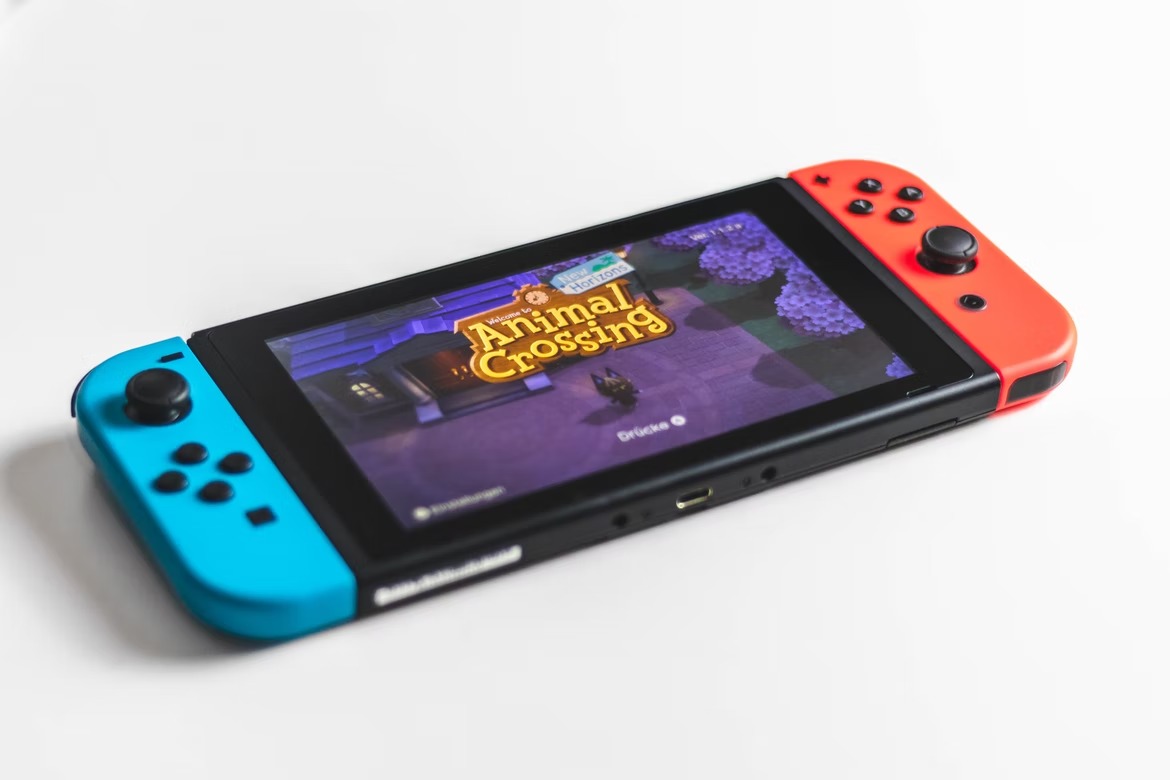To a certain degree, the majority of gaming has always been social. People would gather together to play cards of an evening, sit with a friend and play chess at the local park, or settle down to a game of dominos at their local hangout spot. There have always been outliers, of course; some would prefer to play solitaire than get together with others. However, this changed somewhat with the dawn of the original games consoles. People would drift off into their own world whilst playing Super Mario or Space Invaders and, as the games got more and more absorbing, so did the urge to shut yourself off and play them alone.
It was when two-player and online multiplayer gaming became more common that this trend really started to reverse. People would arrange to be online at a certain time to play with one another and, since then, the need for socialisation within gaming has only grown. These are some of the areas that are really seeing a huge uptick in popularity amongst those who want to enjoy truly social gaming,
The Original Social Games
As we’ve already mentioned, some of the oldest games have sociability built-in and you literally cannot play them without at least one other participant. It made sense, therefore, that these were the games that kickstarted the new era of social gaming. Poker, for example, is a game with a hugely social element when played in real life. People get together in card clubs to play and will debrief about the game and shoot the breeze afterwards. One of the biggest changes in the world of free poker online came about when a company decided that it would like to bring a more social element to the game. Previously, online poker had been quite a solitary activity, but Global Poker was conceived to allow people to have more social interactions whilst playing. On this platform, it’s possible to enter numerous free tournaments and championships with other players from around the US and Canada. Bringing in this new social element somehow takes the game closer to its roots and is proving a popular decision already.
A New Wave
After the online card, board and counter giants had made such a success out of social versions of those games, it only made sense for platform games to follow suit. It wasn’t long before the biggest releases for PlayStation and Xbox, the two main players, were being advertised with the option to game sociably. Sony and its game designers introduced the ability to play as an online multiplayer at the turn of the millennium and, with that, all other consoles followed suit. The PlayStation 2 had this capability built-in and so too did the Xbox, with Halo being the game that really solidified this as more than a trend. Halo was not only a hotly anticipated release, where the gameplay exceeded all expectations, but it also allowed people to get together and play sociably. The key social element of Halo was replicated in many other game releases after this. World of Warcraft was released for PC and almost instantly exploded in popularity. To this day, WoW is one of the most played PC games and, despite having had a few makeovers in its decades-long run, it has still stayed true to its roots.
Social Consoles
So, at one point, all of the games that had been released with a social element had just that: a single social element. Having seen how well this performed, games developers came up with a new idea, i.e., a social console. The concept meant that a console would be specifically designed to be played by two or more players, meaning that games wouldn’t be social as an option, but social as a must. The Nintendo Wii was one of the pioneers of this, pitching people against each other in tennis matches, rounds of golf and more. It was popular for a while, but interest soon dwindled. A decade later, though, the Nintendo Switch was released and this console built on all that had been learnt from the Wii, getting it exactly right. Games like Animal Crossing, Fortnite and more became overnight successes and this platform became a pioneer for the new age of social gaming.



